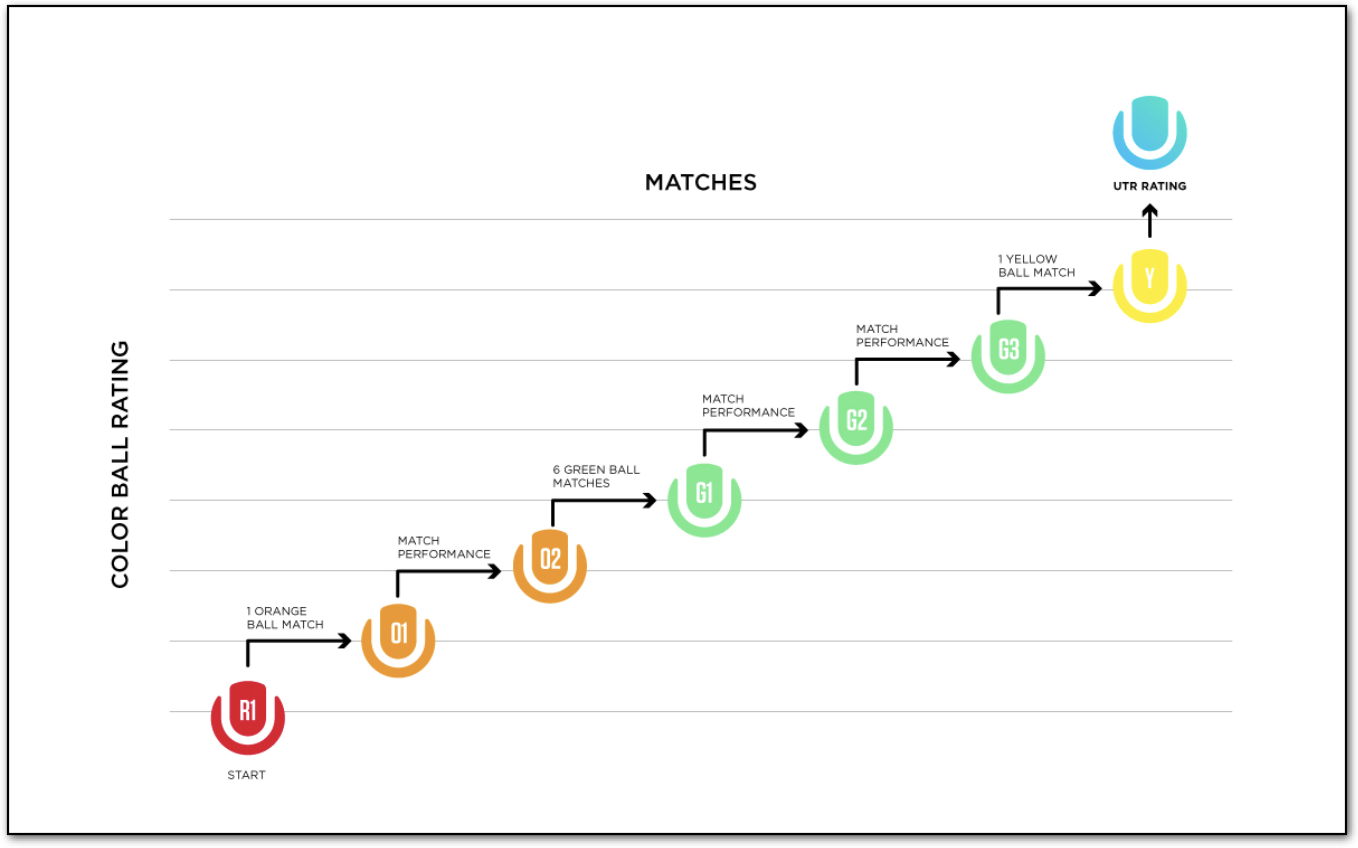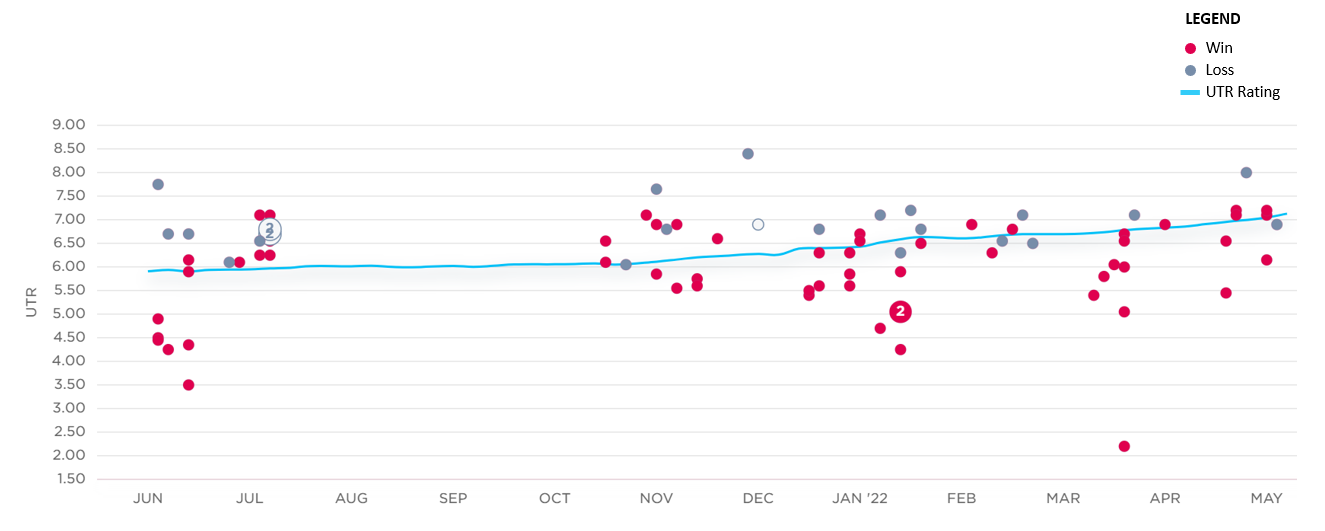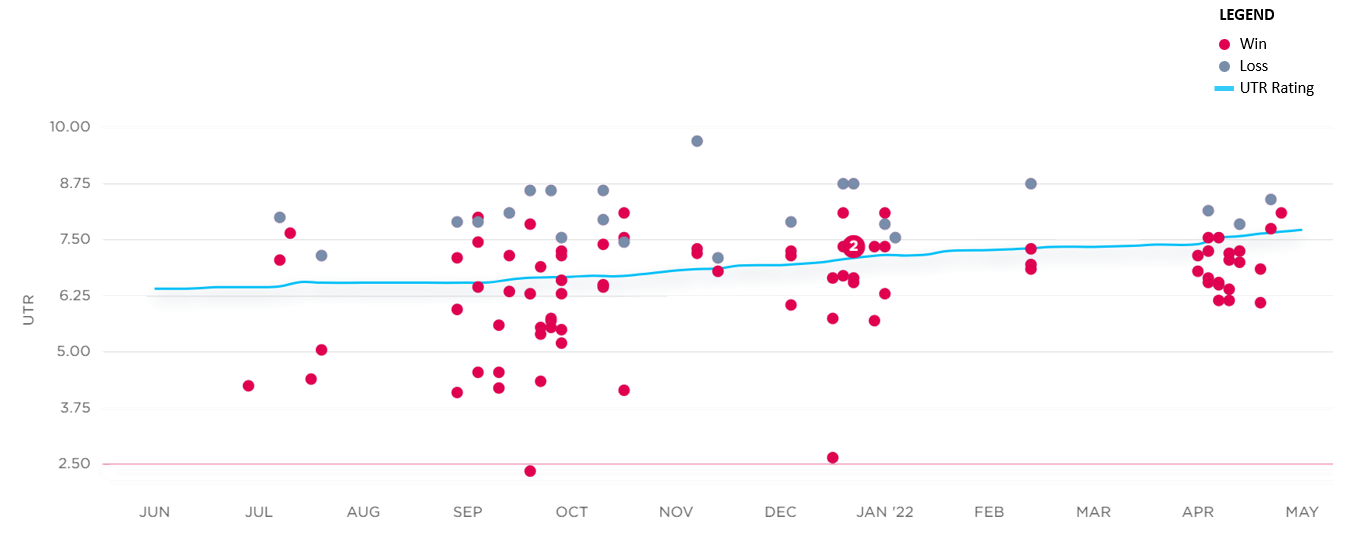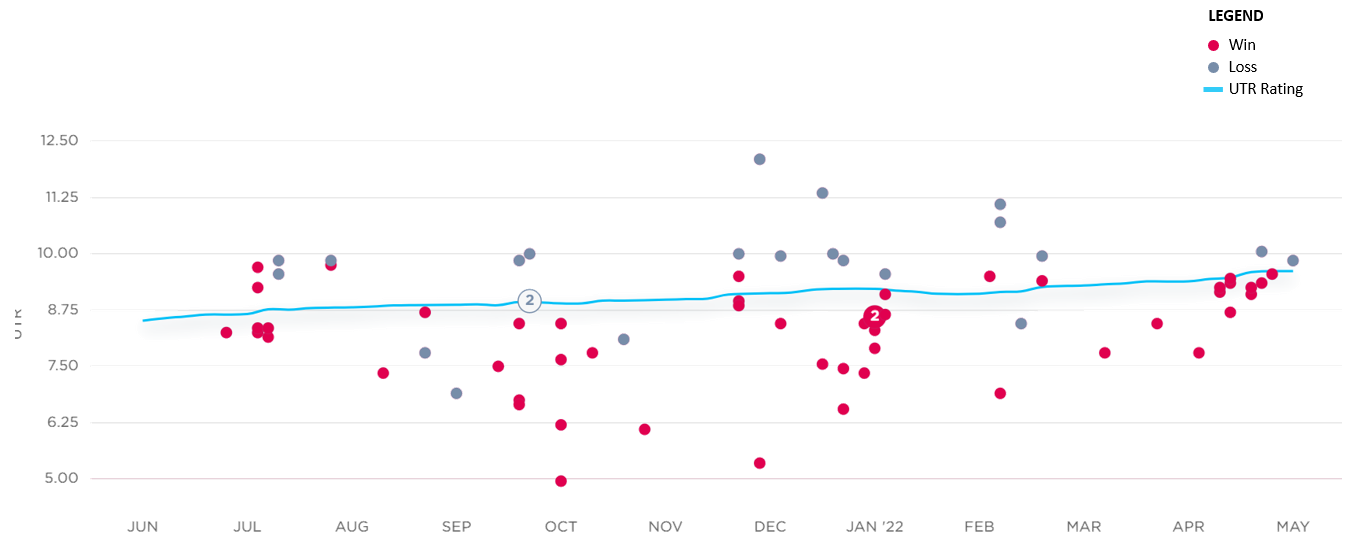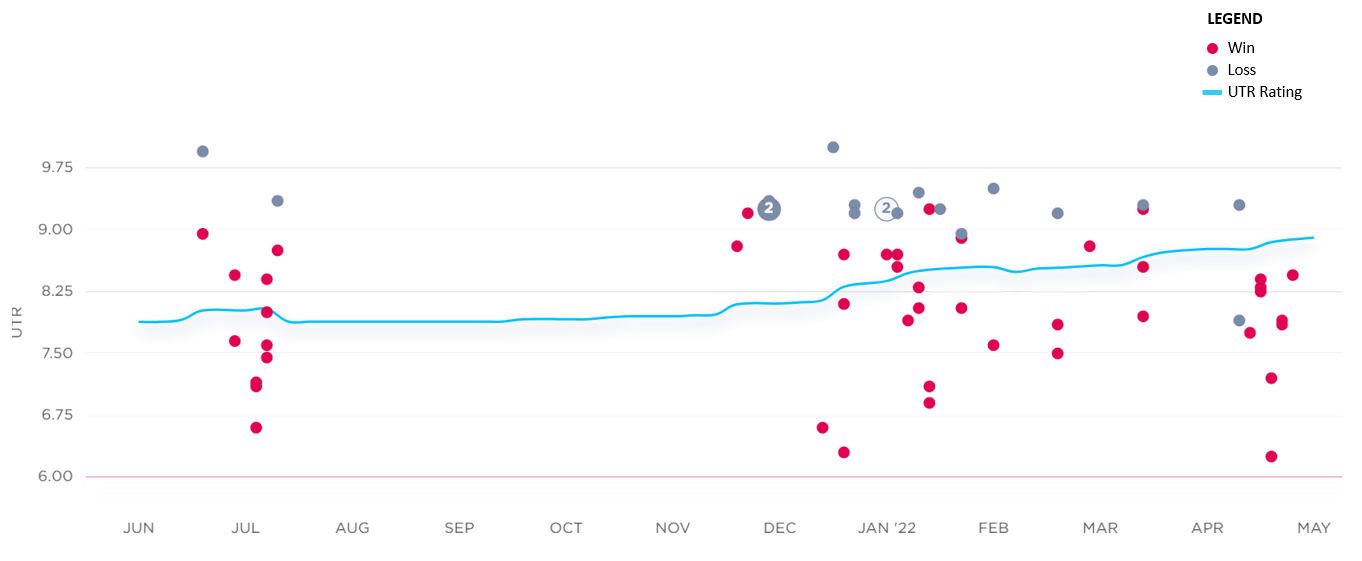One sign in, more ways to play
We are making it easier for you to sign in and access Competitive Play websites such as Match Centre, League Manager and Tournaments.
View the links below for step-by-step guides to support you with the new Single Sign In changes.
Where to Start
| Register for a Tennis Profile | For those who are 15 years or older and do not wish to play competitively, you will still need to register for a Tennis Profile to create and link your children’s account/s. |
| Complete your Competitive Player Profile | Players competing in Australia need a Competitive Player Profile to simplify the process of entering endorsed Events and Leagues. So, whether you play for fun at your local club or professionally on the global circuit, your Competitive Player Profile will ensure you receive the best playing experience for your level. |
Ratings
| Activating your Universal Tennis Rating (UTR) | UTR Sports and Tennis Australia have partnered together to make the Universal Tennis Rating (UTR rating) the official rating of tennis in Australia. To play competitive and recreational tennis in Australia, you’ll need to activate your UTR Rating from your Tennis profile. |
Child Profiles (Under 15)
Children under the age of 15 must have their Tennis Australia account linked to a parent or guardian. Before you can link your child’s account, you’ll need to first create your own account.
| Create a new child account | Once your account is set up, you can create child account/s by linking them to your account. |
| Link an existing child account | If your child already has an existing Tennis ID, they can be added to a parent or guardian’s account. This includes children under 15 who previously had their own account but must now be linked to their parent/guardian’s account. You can also link an existing child’s account if they are linked to another Primary parent/guardian’s account, but you would also like to view the child’s account. |
| Promoting a child account to an adult account | When a child linked to your account turns 15, you can “promote” their account to an adult account. This will allow your child to have their own sign-in details and manage their own account independently. |
| Unlinking a child account | If you no longer wish to have your child linked to your account, you can unlink them. Please note however, children under 15 must be linked to at least one parent/guardian’s account to remain active. |
| Deactivating a child account | If you would like to change the Primary Parent managing your child’s account, you will first need to deactivate your child’s account. You can also deactivate your child’s account if the account is no longer required. Please note: – To reactivate their account in the future, or link to an alternative Primary parent/guardian’s account, you’ll need to contact our Customer Support Team directly. – Once deactivated, your child’s profile will no longer be accessible through any Tennis Australia applications. |
Profile Management
| Forgot/Reset Password | If you are having trouble logging into your account, try resetting your password. |
| Updating Personal Details | You can update your name, address, phone number, email address and gender within your profile. Note, if you need to change your Date of Birth, Competition Category or Nationality, contact our Customer Support Team directly. |
| Updating Communication / Notification Settings | You can update your Communication / Notification Settings to increase or reduce the number of notifications you receive. Please note however, that certain notifications will be sent regardless of your settings. These include, but are not limited to, competition registrations and payment confirmations. |
| Deactivating your account | If you no longer wish to have a Tennis Profile, you can deactivate your account. |
Troubleshooting
| Unable to log in | There may be a number of reasons why you are unable to log in to your account: – If you had multiple accounts, you will only be able to log in with the primary email address. If you are unsure what your primary email address is, please contact our Customer Support Team. – If you previously had a child account, you now need to be linked to a parent or guardian’s account and will not be able to use your username to sign in. Your parent or guardian can link you to their profile when they register for an account. – You may be entering an incorrect email address or password. Try resetting your password. |
| Unable to enter results via MatchCentre | If you haven’t been able to enter match results through Match Centre over the weekend, please reach out to your competition administrator or club contact and provide a copy of your physical scoresheet. |
| Unable to enter a Tournament | If you are having difficulties signing in and need to enter a tournament, please contact the Tournament Director to arrange a manual entry. |
| Missing data from Profile | Please contact our Customer Support Team via phone: 1800 752 983 or email: [email protected] |
| Account not loading as expected | When you use an Internet Browser, it saves some information from websites that you visit in its cache. Clearing the cache may fix certain problems, like loading or formatting issues on your Tennis profile. |
If you still require further assistance, please contact Customer Support on 1800 752 983 / email: [email protected]

